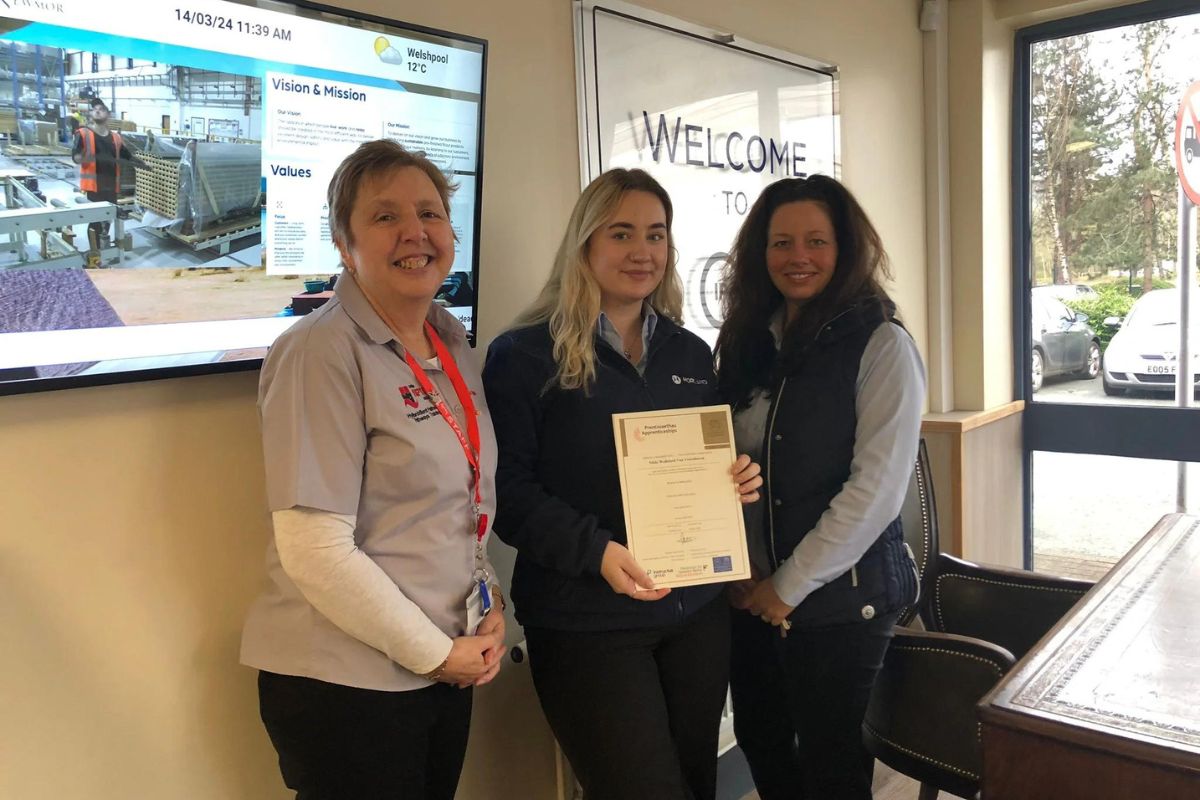5 Skills That Gets You Hired As A Web Developer

When you are creating a website, you want it to be impactful and effective. This is especially true if the website is for your business. However, a lot of people trying to design them struggle to get started. These are five design tips and strategies that can help you build a more successful website.
1) Keep It Simple
Overcomplicated websites are harder to organize and leave your visitors confused and frustrated. When possible, try to keep things as simple as possible. Obviously, you need enough content to make your point. However, minimalism in design is often more impactful than complexity.
Additionally, you will want to fine-tune your design as you go. This can be very difficult if you have an overly complex website. If you are expecting customers to navigate through half a dozen pages before they make a purchase decision, you are likely going to be losing visitors just due to complexity. In other words, keep it simple.
2) Use Frameworks
There are numerous tools to help you build beautiful websites with minimal effort. Whether you want something completely out-of-the-box or you want something a little more customizable, take advantage of third-party tools and frameworks. You may be surprised how much even a novice can achieve with the right toolset.
If you have a little experience with designing, check out a CSS framework like Bulma CSS. These tools offer you all the components you need to build an attractive and effective website. There is a reason even the most seasoned designers rely on frameworks and toolsets.
3) Leverage Images
The saying that a picture is worth a thousand words often holds true on the internet. Some of the most effective website designs use only minimal written content but feature large, bold images to capture the visitor’s attention.
Images can help to draw your visitors towards conversion points. For example, you may have a large image of your product with a “Buy Now” button. Pictures give you a tool to guide the eye towards your most important content.
Pictures can also give you a strong visual brand. They can tell your customers more about your business than a page full of written content.
4) It’s All About Aesthetics
You’d probably think that your website’s content and the features of your products are what will sell visitors on your business. However, this is often not the case, at least not fully. People also care a lot about how a brand makes them feel. Many products play into consumer’s sense of lifestyle. To evoke those deeper emotions and connections, you need aesthetic appeal.
For example, a consistent and well-coordinated color palette gives a strong sense of order and attention to detail. These qualities help support your brand. You may be surprised by how strongly people connect color and emotion. For example, blues tend to promote calmness. Darker colors tend to be associated with premium brands. Brighter colors evoke fun and energy. Understanding this will enhance your design.
5) Uniqueness Isn’t Always Good
It seems logical that a unique website will be more attractive to visitors. In some ways, this is true. After all, you want your products and/or services to stand out. However, uniqueness can also hold you back.
Web users are used to certain structures and mental models for websites. If you defy convention too much, it will be difficult for visitors to understand your website. For example, nearly every website has navigation links along the top-right corner of the page. This may seem very generic, but it also makes those links easy to find.
Uniqueness can be a powerful tool. However, being unique just to be unique is often a bad idea.
These design techniques and tips will help you make strong, more effective websites. If you are building one for your business, you need these strategies so you can get more customers. Remember these suggestions as you jump into the design of your next website.












Responses